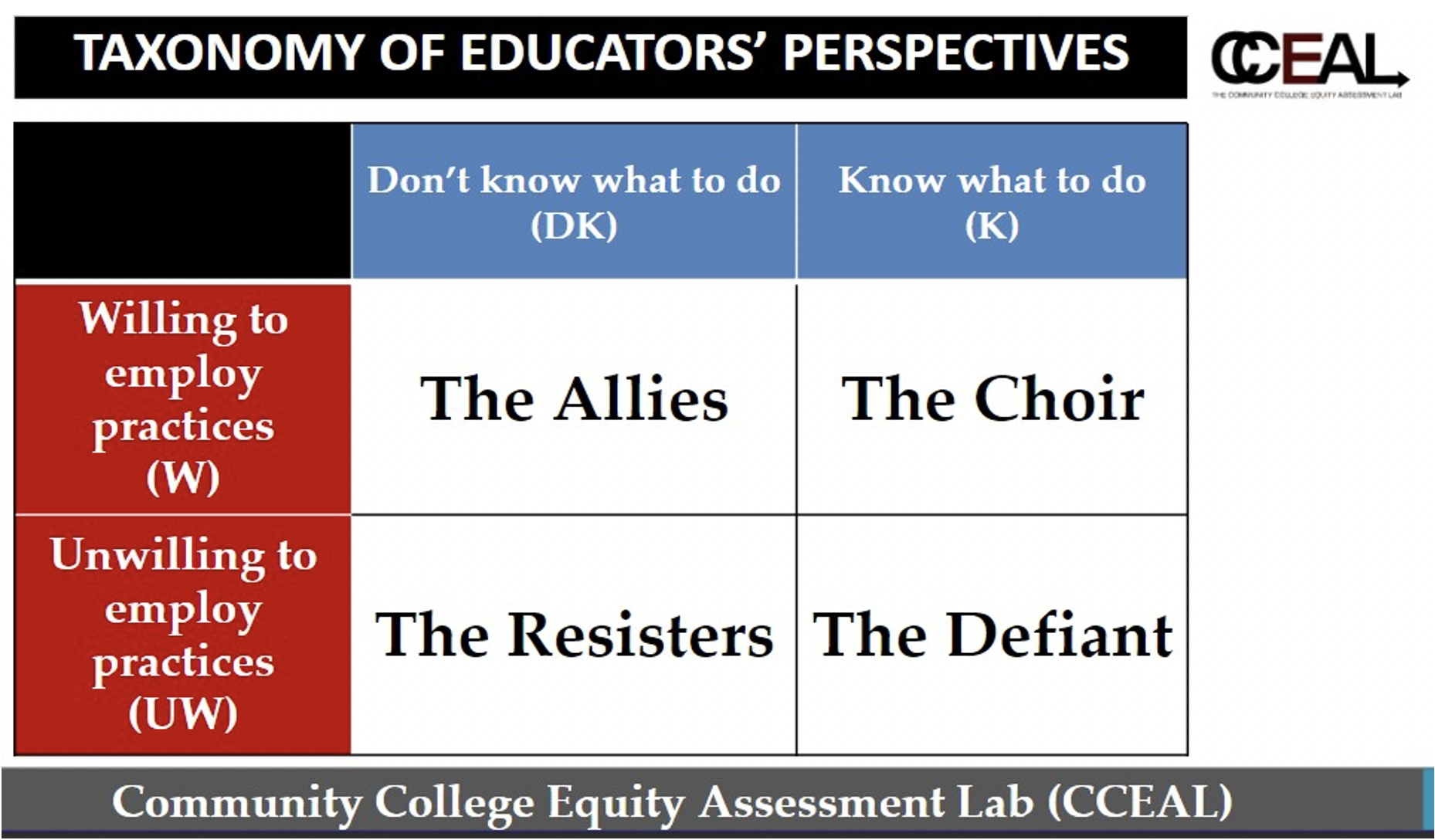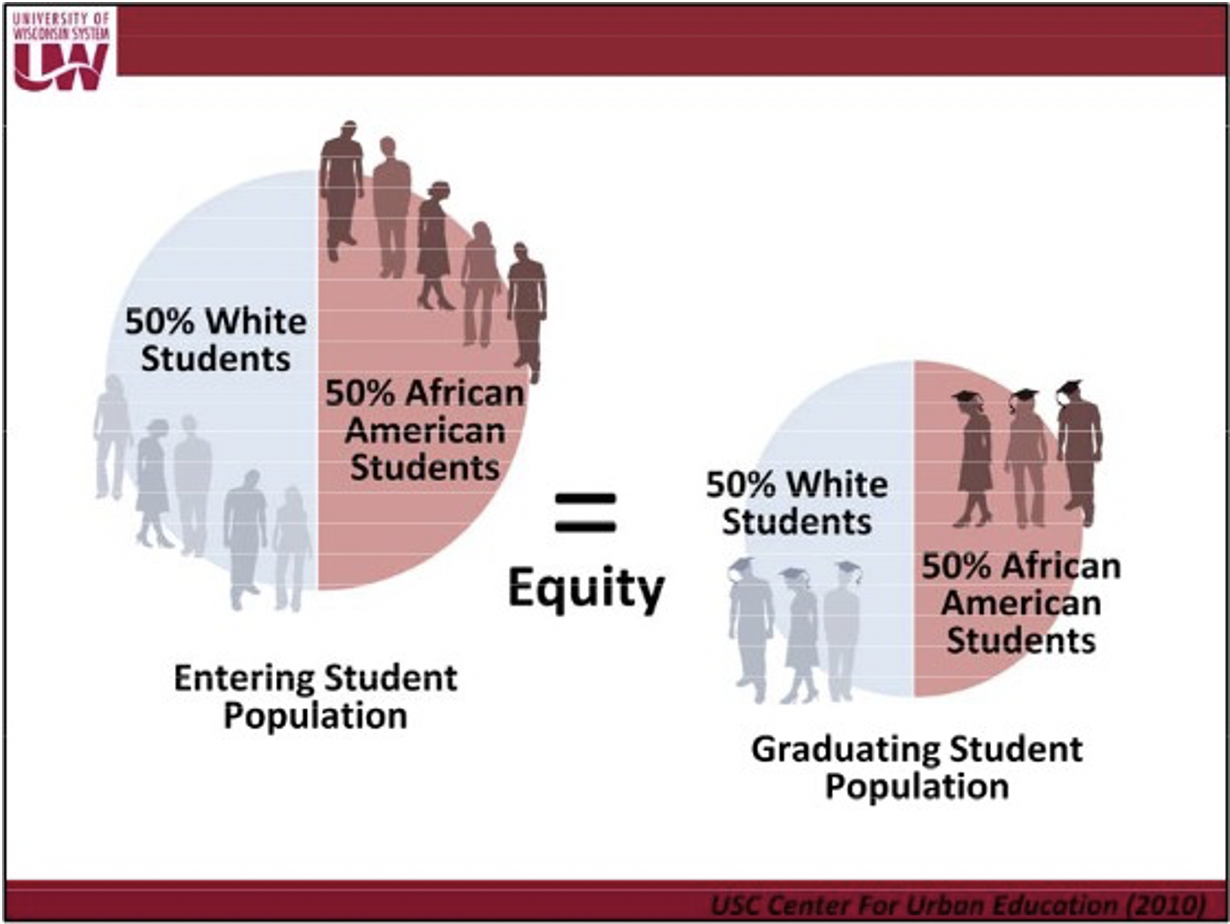
“The grand fallacy of our times is that various groups would be equally represented in institutions and occupations if it were not for discrimination.” – Thomas Sowell
Something is happening in education. It is widespread and Machiavellian. By widespread I mean that it is ubiquitous, and ubiquitous in two ways: 1) every institution, program, discipline, and employee is inundated with it and 2) even our thoughts are to be constantly filtered through it—it is supposed to be our default “cognitive frame.” Moreover, it is used to explain and interpret, quite literally, every cause and outcome. It is Machiavellian because it uses language that has hidden, biased meaning meant to obscure at best and deceive at worst. This something presents as an unquestioning, dogmatic allegiance in some people and a self-censoring, fearful submissiveness in others.
It also knows nothing of heterodoxy: the values of good-faith dialogue, viewpoint diversity, and an openness to constructive disagreement. It disallows honest questions, academic inquiry that may lead to change, critique of any kind, or any analysis that doesn’t pay obeisance. Does this sound far- fetched and over-the-top? Just try and critique it. Seriously. Try to ask good-faith, clarifying questions about this something and you will fall from grace as an “ally” and thereafter be labeled “defiant.” Case in point is this Educators’ Perspectives diagram from the Community College Equity Assessment Lab:

You will find that this something leaves no room for discussion—and no room for you—if you question any tenets of the new educational decalogue. I should know, as I have been on both sides. I was once working to implement what I believed to be effective strategies for low-performing or underrepresented students, but I then began questioning why oppression and power differentials were said to be the sole cause of unequal outcomes.
What is this something? For simplicity’s sake we can call it Critical Race Theory (CRT). CRT is not a boogeyman that can be dispelled with the simple claim that it is not being taught. Whether critical social justice, critical pedagogy, most forms of cultural competency training, being “woke,” or any other euphemism, the ideological assumptions undergirding this dogma are the same. CRT is a worldview that requires everyone to put on permanent racial lenses and to view everything—every action, every number, every student, every employee, every discipline, and every outcome—through race and power.
[Related: “Racial Newspeak Comes to the Classroom”]
CRT is constructed by pre-determined and unchangeable assumptions, which means it isn’t a theory at all, since diagnostic inquiry and the ability to falsify its claims are disallowed. When one attempts to question CRT’s frequently repeated axioms, one is besmirched with labels such as “resister,” “defiant,” “segregationist,” “assimilationist,” and, eventually, “racist.” In addition, a compulsory critical-race praxis is concomitant with CRT’s axiomatic claims. You have heard that faith without works is dead from the New Testament book of James, and so it is with CRT: according to CRT’s priests and parishioners, lens-wearing racialism without praxis (putting theory into action through activism) is simply singing to the choir. And sadly, this CRT choir only sings a one-note tune without melody, harmony, or rhythm. In sum, we all must believe without any dissent or we will be ostracized.
This is why Columbia University Professor of Linguistics John McWhorter calls CRT a new religion in his book Woke Racism. For example, he describes the oft-stated, disparaging phrase “white privilege” as original sin.
In a November interview, McWhorter was asked if we are past the age of systemic racism. This is his answer: “If we are talking about racism in the present tense, it’s much harder to identify than racism in the past. I don’t like that term not because of the systemic, but because of the racism part. I think it’s a real stretch of our cognition to go from racism being an attitude to racism referring to inequities within a system that are racial. I think it is dangerous because you end up talking about inequities that are of a very different nature and you refer to them all with the term racism, which implies that there’s this one particular issue … when really the problems are often due to all sorts of things today even if they were due to racism in the past.”
McWhorter adds, “[i]t’s a dangerously oversimplified way at looking at the complexities and inequities in a society.”
James Lindsay, author of Cynical Theories: How Activist Scholarship Made Everything about Race, Gender, and Identity—and Why This Harms Everybody, provides a succinct definition of CRT as follows: “Critical Race Theory is a movement in scholarship, activism, and especially law and getting into education and other fields, that is designed to reconsider the relationship between race, racism, and power. To be more frank about it, it is the belief that the fundamental organizing principle of society is racism, and that this racism was created by white people specifically to oppress people of other races and that they maintain that racism so that they can maintain their own advantages in society.” “…It’s a belief system that believes that the ordinary state of affairs in our society is racism.”
In the diagram below we see the goal of graduating the same percentage of students that enter college based on race. This is laudable goal, to be sure, but more than that, it is a baseline expectation. In other words, it goes without saying that every instructor, program, and service cares about every student, and we all believe that there should be a variety of supports and mechanisms to assist every student or group of students that historically or presently have not persisted at the same rates as other students or groups of students.

But what CRT does is assume and assert that the single cause of every unequal outcome—graduation rates being only one example—is racism. No one can ask about engagement levels, time spent studying each week, motivation, tutoring attendance, high school preparation, job status, familial challenges, or the myriad of other factors that may impact whether a student makes it to graduation.
Indeed, our collective goal should be equal outcomes: an equal number of male students entering our institutions as there are female students; an equal number of Latino students graduating as Asian students based on the respective percentage of each group’s entering population; and so on. Where there is a gap, let’s double our efforts and do all that we can to support these students and groups of students. We can establish Teaching and Learning Centers to improve classroom instruction. We can expend more monies on academic support, faculty mentoring, and other just-in-time interventions. We can keep our courses challenging while adding high-touch engagement efforts.
[Related: “GoKAR!—The University of Texas’ CRT Plan for Four-Year-Olds”]
But what we should not do is claim that racism—usually called systemic racism so as to create a from everlasting to everlasting (i.e., eternal) problem—is the only reason why there are disparate outcomes. We do not want to use the term “equity” if this term is undergirded by CRT, and if by equity we mean an absolute equality of outcomes. In the words of Thomas Sowell, author of Discrimination and Disparities, “If there is not equality of outcomes among people born to the same parents and raised under the same roof, why should equality of outcomes be expected—or assumed—when conditions are not nearly so comparable?” Does this mean we simply throw up our hands and sing que será, será? Of course not. Much more can be done to support the struggling students who have fallen through the wide cracks at our institutions. But can we talk about these cracks without assuming that they exist on account of systemic racism?
In addition, we should not use phrases like “antiracism” or “antiracist” if they are rooted in CRT. Many icons of the antiracism movement define systemic or structural racism by asserting that disparate racial outcomes are essentially the result of the hegemonic power of white people. Ibram X. Kendi has famously said that racism is, “[a] collection of racist policies that lead to racial inequality that are substantiated by racist ideas.” Does that sound circular and all-encompassing? Actual, true racism must be opposed and eliminated, but when every difference in outcome at our institutions is de facto racism, then being an antiracist is to be a follower of CRT, which describes “whiteness” as a pejorative, throws around the term “white supremacy” to create collective guilt, and even encourages discrimination.
CRT creates victims and assigns oppressors. It divides rather than unites. It creates tribes rather than a community. Where “equity” and “antiracism” are defined as impartiality and anti-prejudice, respectively, these words are most appropriate. The issue is not necessarily the words, but the meaning or assumptions behind the words. What is it that we believe? Do we believe in universal group guilt? Do we believe that all whites oppress by virtue of their whiteness and privilege? Do we believe in the hegemonic power of whites? Do we believe that unequal demographic outcomes are only the result of institutional racism? Do we believe in free inquiry and holding up truth to power, even powerful dogmas? Do we believe in the search for all causes and factors, or is the science settled on why there are unequal outcomes at our colleges?
We know what CRT proponents believe. What is it that we believe? Are we willing and able to openly dialogue about whether our efforts to mitigate demographic gaps are built upon CRT? Let us work toward heterodoxy and the solid ground of collaborative truth-seeking rather than sing along to the one-note tune of CRT.
I think it is important to note that CRT evolved out of the Critical Gender Theory of the 1970s & 1980s.
CRT summed up: White people never do anything right, and non-White people never do anything wrong.
CRT will never, ever go away. Why not, you ask? Simple. Because far too many people are making lots and lots of money promoting it. The CRT con game provides lucrative employment to people who otherwise wouldn’t qualify for anything other than a job as a barista at Starbucks.
And that, Patti, is why I expect the whole academy to come crashing to the ground.
The problem with the railroads wasn’t just having to pay people to shovel coal into Diesel engines. They were badly mismanaged at the top. The head of the Boston & Maine wound up going to prison…
Thank you